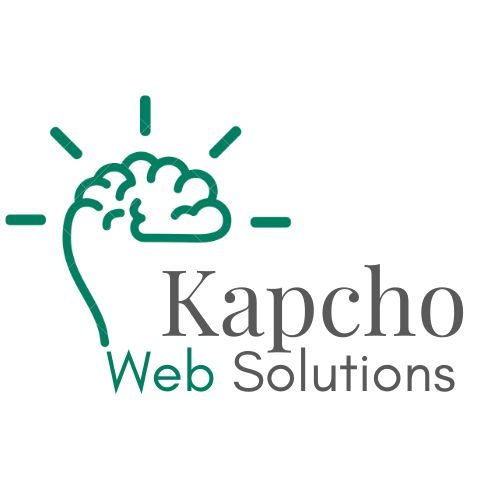
As React marks its 11th anniversary in 2024, developers are eager to explore the latest trends and advancements in the ever-evolving React ecosystem. This blog post serves as your go-to guide, providing insights into key tools, libraries, and best practices shaping the React landscape in 2024.
Routing in React Applications:
As web development continues to emphasize seamless navigation, we delve into the routing solutions making waves in 2024. React Router, React Query, and the versatile Next.js framework take center stage, offering developers reliable options for declarative routing with extensive documentation and active communities.
Efficient Client State Management:
Managing client state is pivotal for modern web development. Redux Toolkit stands out as a comprehensive library built on top of Redux, suitable for large-scale projects. For smaller applications, Zustand provides a lightweight and straightforward solution, promoting ease of use without sacrificing flexibility.
Strategic Server State Management:
The handling of server state is critical, especially for applications spanning both client and server. TanStack Query and Redux Toolkit – RTK Query emerge as powerful choices, each offering features such as automatic caching, efficient data fetching, and seamless integration with Redux for structured server state management.
Streamlining Form Handling in React:
Building on the importance of form handling in React, we compare two popular libraries: Formik and React Hook Form. While Formik has been widely used, we highlight React Hook Form as the recommended choice in 2024 due to its active maintenance and modern approach to form handling.
Comprehensive Testing Solutions:
Robust testing is integral to software development, and we explore three essential tools: ViTest for unit testing, React Testing Library for user-focused testing, and Playwright for end-to-end testing across multiple browsers.
Styling Strategies for Web Development:
Styling choices significantly impact user interfaces, and we spotlight three notable options: Tailwind CSS for utility-first styling, Styled Components, and Emotion for component-level styling. Each tool caters to specific needs, offering flexibility and scalability.
UI Component Libraries for React:
Creating visually appealing and responsive user interfaces is simplified with UI component libraries. Material-UI, Mantine, Ant Design, Chakra UI, Headless UI, DaisyUI, and Shadcn UI are featured, each bringing its unique set of components and design philosophies to the table.
Seamless Animation Integration:
React developers keen on incorporating animations into their projects can choose between React Spring and Framer Motion. Both libraries offer feature-rich animation capabilities, and the choice depends on specific project requirements and personal preferences.
Data Visualization Excellence:
For developers seeking powerful data visualization tools, we highlight Victory, React Chartjs 2, and Recharts, each offering a wide range of chart types and customization options.
Optimizing Table Functionality:
The importance of tables in web applications is undeniable. TanStack Table (Version 8) emerges as a headless UI library providing developers with a flexible solution for creating robust tables and data grids in various frameworks.
Internationalization (i18n) in React:
Addressing global audiences requires effective internationalization. i18next and React-Intl (Format.js) are recommended for handling translations and ensuring a localized user experience.
Developer-Friendly DevTools:
Debugging and improving the development workflow are made easier with a range of DevTools. From React Developer Tools to Redux DevTools and Testing Playground, each tool serves a specific purpose, enhancing the efficiency of developers.
Crafting Comprehensive Documentation:
Documentation is the backbone of any software project. Docusaurus and Nextra are two popular tools for building documentation websites, offering clean and user-friendly interfaces.
Creating a Component Development Environment:
Storybook takes the spotlight as an industry-standard component explorer, allowing developers to efficiently develop, test, and document UI components in isolation.
TypeScript for Robust Type Checking:
The incorporation of TypeScript into the development workflow is highlighted for its robust type-checking capabilities, helping developers catch errors early and improve code quality.
React Native for Cross-Platform Mobile App Development:
For developers venturing into mobile app development, React Native stands out as a powerful and cost-effective framework, enabling cross-platform development with reusable components and a large community.
Awesome Libraries for Diverse Functionalities:
The blog post concludes by showcasing additional libraries for drag-and-drop functionality, file uploads, and authentication with Firebase and Supabase, providing developers with a diverse toolkit for enhancing functionality in React applications.
Conclusion:
As the React ecosystem continues to thrive in 2024, developers can navigate the landscape with confidence, armed with insights into the latest tools and best practices. Stay tuned for continuous updates and innovations in the React community, and embark on your journey of crafting exceptional web applications.

